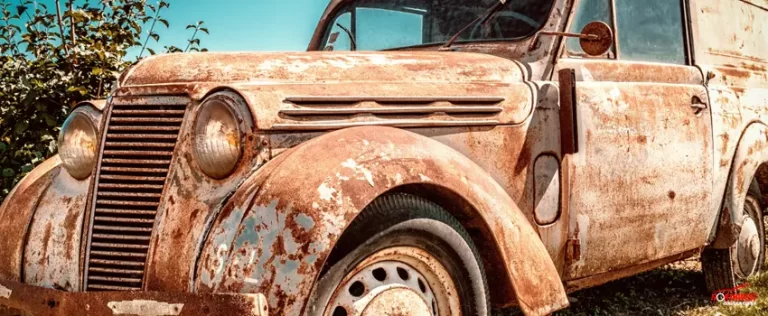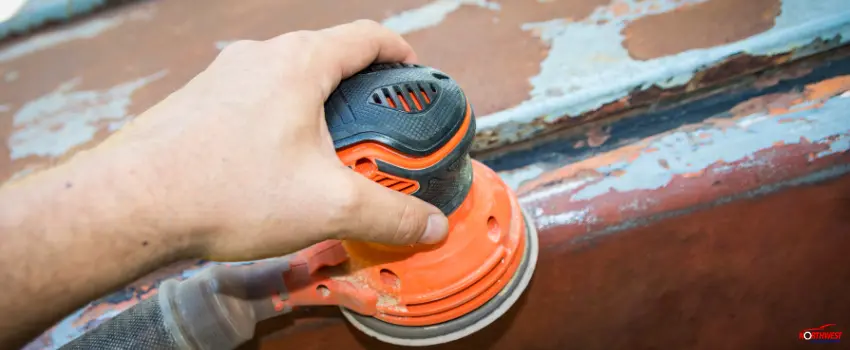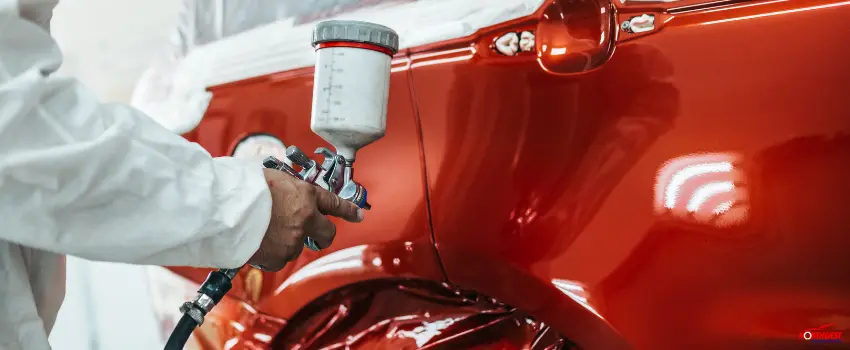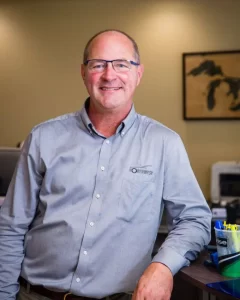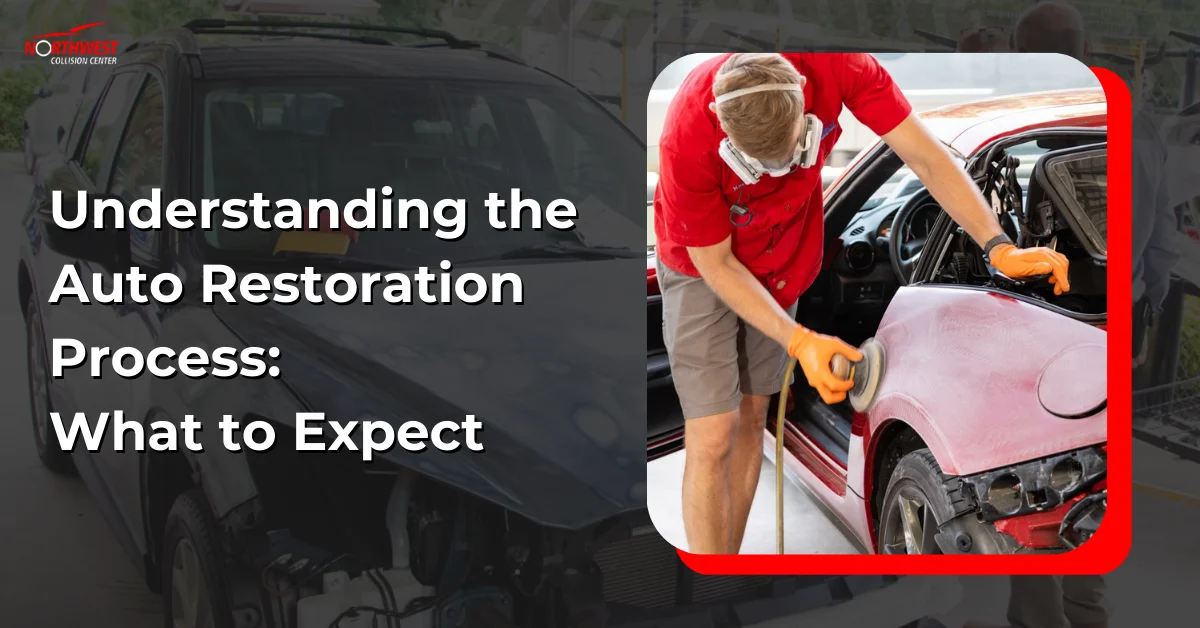When classic cars are mentioned, the immediate picture that often comes to mind is a shiny, perfectly-preserved vehicle cruising down the road. There are many criteria for what makes a car classic, including the year of building. For example, the Classic Car Club of America, classifies a car as being “a classic” if it is built between the years 1925 and 1948.
Regardless of how they are described, classic cars suffer from a common vehicle issue: rust. Rust is the notorious enemy of all motorists and cars, and some even describe it as “car cancer.” Rust is particularly damaging to classic cars, which often have more vulnerable and intricate components.
Here are some rust repair car restoration tips that you as a classic car owner can utilize to preserve your vehicle and maintain its value.
What is a classic car?
The term “classic car” is often used more broadly to describe any older, collectible automobile. Typically, classic cars are at least 20 years old and have historical significance, rarity, or unique design features, that make them desirable to collectors.
Getting a classic car insured often involves meeting several pertinent requirements. Among other things, the original design of the car must be retained. If any car restoration work is done, this should be in line with how the vehicle was originally designed, including using original materials for both the interior and exterior. The car must also have no modern accessories installed.
Types of Car Rust
Rust normally takes place when steel or iron reacts with oxygen and water. Rust can affect anything fashioned out of metal, especially automobiles.
Below are three types of rust that can attack your car.
1. Surface Rust
Surface rust is the most common type of rust and appears as a light coating on the surface of the metal. Surface rust is actually easy to remove by using sandpaper, wire brushes, or chemical rust removers.
2. Scale Rust
Scale rust occurs when surface rust is left untreated and begins to form a thicker layer on the metal. Scale rust can be more challenging to remove, and you may need to use more aggressive tools like grinders or sandblasters to successfully complete your car restoration project.
3. Penetrating Rust
This is the most severe type of rust. Penetrating rust is where corrosion sets deep into the metal, weakening it and causing structural damage to the car. It is often impossible to remove penetrating rust, so a car rust repair job will usually involve cutting out the rust-affected parts and replacing them with rust free parts.
Steps To Remove Rust From Classic Cars
Getting rid of rust from a classic car requires patience, attention to detail, and the right tools. Usually, this is a job that should be referred to a professional auto body repair shop. In any case, here are the steps commonly followed by classic car rust repair experts.
1. Gather your supplies.
In most cases, when engaged in rust repair for your classic car, you will likely have to restock on basic supplies. These basic supplies include sandpaper, wire brushes, rust remover, a grinder, a sandblaster, and protective gear like gloves and goggles. The expense of purchasing these needed supplies, will form part of the initial rust repair cost.
2. Identify the damage.
Inspect the car thoroughly to identify all the parts that have been affected by rust and need rust removal treatment. Before the process of rust removal begins, it is necessary to access the extent of the damage and estimate how long it will take to complete the work.
3. Clean the area.
A degreaser or soap and water is normally used to clean the area surrounding the rust. An initial cleanup helps car repair or restoration experts to see the extent of the damage clearly.
4. Remove loose rust.
For this step of the car rust repair process, a wire brush or sandpaper is used to remove loose rust from the car’s surface. When using sandpaper, the process begins by rubbing coarse sandpaper on the rust affected area, which is then followed by rubbing fine sandpaper over the same area.
5. Apply rust remover.
When a good portion of the rust has been removed using the “aggressive” tools, a rust remover is then applied to the affected area. It is important to carefully follow the instructions when using a rust remover solution. This includes leaving the rust remover on the affected area for the recommended time, which allows it to work effectively and produce the desired results.
6. Scrub the area.
When the rust remover has completely dried, it’s possible that some stubborn rust may still remain, but at this stage of the process, this surface rust should be easy to remove. A scrubbing brush or a scouring pad is often used for this purpose.
7. Rinse the area.
The next step is to wash and rinse the treated area several times, using clean water. It is important to allow enough time between washes, for the washed area to dry.
8. Apply primer and paint.
The final step in the classic car rust repair process involves protecting the treated area of the vehicle from premature damage, and preventing rust from forming again. To ensure this, a rust-inhibiting primer is applied. The area is then painted with the appropriate color and “finished” to match the rest of the car’s body.
Key Takeaway
Classic cars are considered by many as priceless and collectors’ items. However, maintaining these vehicles is not easy. Due to their age, and exposure to the elements, the classic cars are more prone to damage like rust.
Classic car maintenance will involve more than just checking that all the parts are still working. It also requires you checking your vehicle for common signs of damage like corrosion. When you notice these, bring your vintage car immediately to a reputable auto repair company so it can be repaired and restored.
Stop by Northwest Collision Center for excellent car restoration services.
Don’t let rust damage your beloved automobile. Remember that rust can weaken your car’s structural integrity and compromise your safety. If you car is under attack from corrosive elements such as rust, its time to visit, Northwest Collision Center.
Northwest Collision Center is the premier St. Petersburg auto body repair expert as is evidenced by our enviable track record. When you bring your rusting car to us, we will use the most advanced, professional techniques to repair and restore your beloved automobile. Call us now, and let’s discuss how we can help you eradicate rust, and restore your classic car to a pristine condition; providing enjoyment for generations to come.

